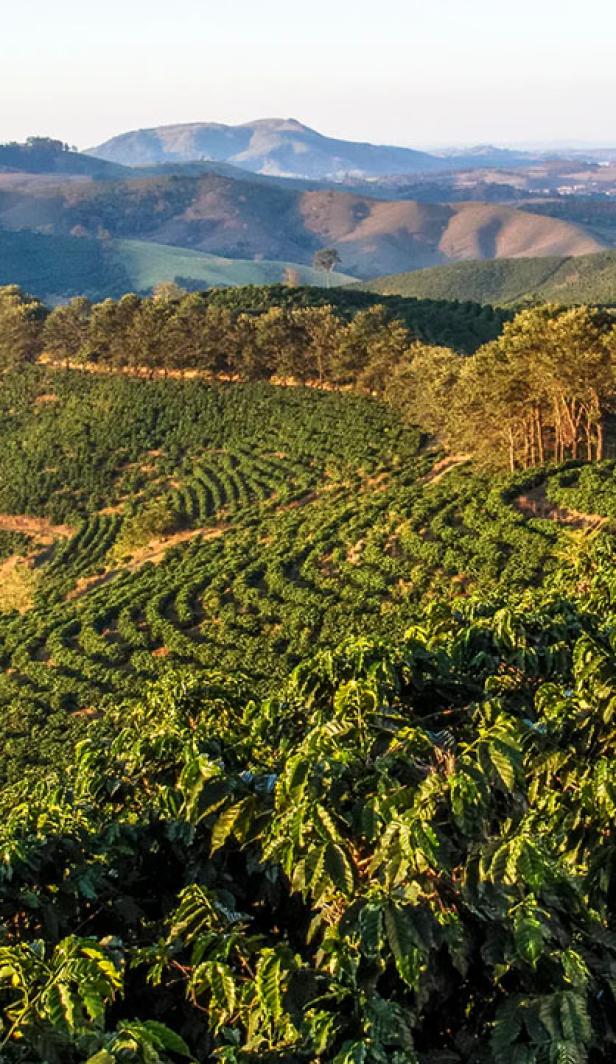Colombian Coffee History
Famous for its alluring charm and natural beauty, scenic mountains, tropical rainforests and stunning beaches, Colombia is home to the superior coffee bean, Arabica.
In 2020 Colombia amounted to nearly 14 million 60-kilogram bags of Colombian coffee beans, with the country dedicating over 850 thousand acres of land to this crop. As well as being home to some of the oldest indigenous populations in the world, with roots dating back to 15,000BC, Colombia is emerging as a major tourist destination and is ranked as the third largest coffee producer in the world.
If travelling to Colombia and trying some of the world’s best coffee is on your list of things to do, then carry on reading to immerse yourself in a full Colombian coffee experience.

Colombian Coffee Culture
Colombia has a reputation for being one of the happiest countries in the world. So, what's the key to happiness? Is there something in the coffee?
Unfortunately, due to its mass exportation of coffee beans, the very best usually ends up outside of the country, however, coffee culture plays a strong role in the national happiness of the Colombian people. Unlike some European countries, where the culture surrounding coffee is one of a grab-and-go nature, in Colombia drinking authentic Colombian coffee has different connotations entirely. In Colombian coffee culture, the hot beverage has taken on a much more social role, it is the foundation of Colombian social society. It is very common for Colombians to meet up with friends and family over a cup of coffee in rural areas and older people natter away the hours in the day over a cup. Even in work environments, the role coffee takes is obvious, it is used to help with mental nourishment and is offered in meetings. These key differences aren’t the sole key to total happiness, but as you can see, coffee plays a vital role in Colombian’s enviable happiness.
Colombian coffee is to be enjoyed and savoured, not to be used as an aid to get you through the day, and to stay awake. In Colombia, coffee is usually consumed in much smaller cups – often small plastic cups of sweetened black coffee, known as tinto - This way of drinking coffee has shown a lower number of Colombians suffering from the negative aspects of drinking too much and therefore, being able to simply enjoy the positives of good quality coffee.
In many ways the coffee culture of Colombians could be compared to the culture of Tea in the UK. Colombian Coffee symbolises more than just a hot drink; it is an important characteristic of national identity. It brings people together, creates friendships and relationships, and provides for thousands around the country.

Growing Colombian Coffee Beans
Colombia is home to dozens of micro-climates, making it a land that is particularly well-suited for coffee growing. The thousands of nutrient-thick hills and mountains, wet climate, and the high elevation make it easy to grow great authentic Colombian Coffee. There is estimated to be over 600,000 coffee producing farmers in the country alone, with the most of them being small and rurally located, though the infrastructure of Colombian coffee production gives them a way to get their crops to market.
The annual export of the nation is between 11 and 13 million bags. Due to the frequent wet climate, the processing method used in Colombia is the washed method, giving the coffee its famous crisp acidity, pleasant sweetness and high level of flavour clarity. There are two harvest seasons in Colombia, the first being in March and the second in June. The smaller harvest period falls between September and December.

Colombian Coffee Flavour
The flavour of Colombian Coffee is very diverse. Each coffee region produces coffee that tastes slightly different from the next. To the Northern regions of the country, such as Santa Marta and Santander, the lower altitude and higher temperatures result in coffee with full body and deeper notes.
In the central coffee regions of Antioquia, Caldas, and Quindio, the coffee tends to be well-rounded with a more nutty and chocolatey flavour along with a gentle sweetness and a mellow acidity. Whereas, in the coffee regions to the South such as Nariño, Cauca, and Huila, the higher elevation tends to produce coffee that has a stronger acidity, floral aromas and a complex flavour profile. Colombian coffee is generally a bit weaker than other coffees. That being said, Colombia coffee has a gentler flavour and is superior to some of the stronger, more bitter varieties of coffee grown around the world.

That’s the end of our Colombian coffee journey and the fascinating culture that comes with it! If you want to continue your journey around the coffee hotspots of the world, then why not read our guide on Ethiopian coffee?
Today’s community favourites




